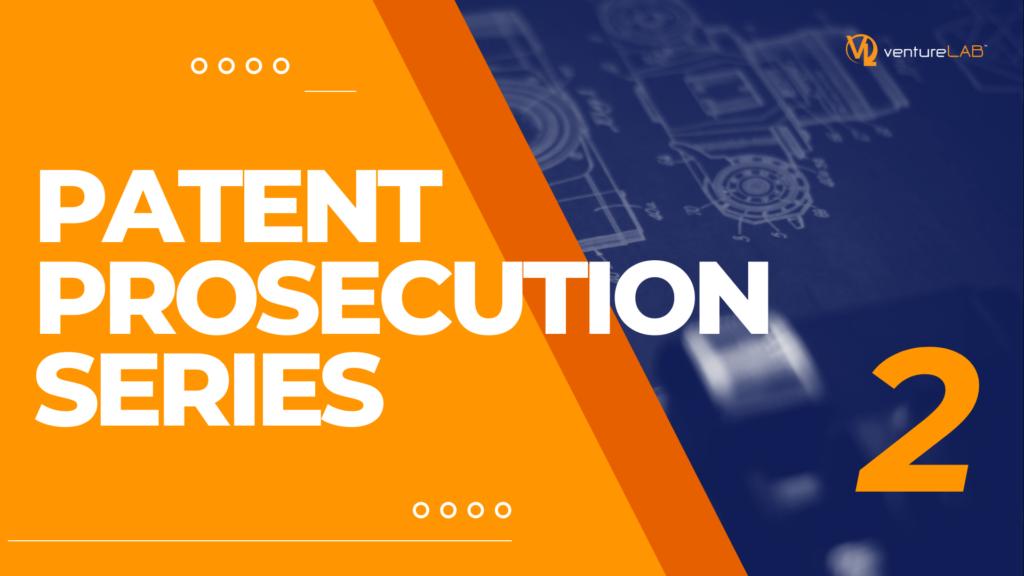Home » Patent Prosecution 2: Understanding the Examination Process of Your Application
Patent Prosecution 2: Understanding the Examination Process of Your Application

The second part of a three-part series on patent prosecution focuses on the Examination Report and Response cycle that occurs after filing a patent application. Following the foundational background provided in the first article, this installment elaborates on the processes that take place once a patent application is submitted.
Upon filing a patent, the applicant awaits examination by a patent examiner. In Canada, an explicit request for examination must be made after filing. The essence of the examination revolves around the claims of the patent, which hold the legal enforcement weight. These claims must meet the requirements set by patent laws and interpretative guidelines, such as the Manual of Patent Office Practice in Canada and the Manual of Patent Examining Procedure of the U.S. Patent and Trademark Office (USPTO).
The examiner may issue an Examination Report (or Office Action), which outlines any rejections, requests for additional information, or questions about the application. The applicant has a set period to respond, typically involving counter-arguments against the examiner's assertions, amendments to the claims, or a combination of these strategies. This interactive process can be complex and sometimes lengthy, with multiple rounds of communication possible, especially if contentious issues arise.
Common reasons for rejection include non-patentable subject matter, anticipation (lack of novelty), obviousness, lack of utility, and double patenting, among others. Each of these grounds presents specific challenges for the applicant, necessitating well-crafted arguments in response.
-
Non-patentable Subject Matter: Certain inventions, such as scientific principles or abstract concepts, may be ruled ineligible for patenting. This often affects software and AI innovations. Applicants may argue for an exception in the law by demonstrating that their invention has a practical application or produces a discernible effect.
-
Anticipation: If prior disclosures are deemed to cover the claimed invention, it could be rejected for not being novel. This often happens when an inventor presents their ideas publicly before filing. To counter, applicants can argue that earlier disclosures do not encompass all of their claimed features.
-
Obviousness: The examiner might state that the invention is obvious based on existing prior art. Applicants can combat this by showcasing distinct features not found in prior disclosures or by modifying claims to assert originality.
-
Lack of Utility: To qualify, an invention must have a defined utility. The threshold for this is quite low, typically requiring a straightforward functional use.
-
Double Patenting: This issue arises when the same invention is mistakenly submitted for patenting more than once. While U.S. applicants can resolve this with a terminal disclaimer (with both patents expiring simultaneously), Canada lacks such provisions.
-
Unity of Invention/Restriction Requirement: Applicants can only seek one invention per patent. If multiple inventions are claimed, one must be selected for pursuit, while others may be relegated to divisional applications later.
- Indefiniteness and Informalities: Claims must be clearly defined, avoiding vague language or terminology not well understood in the field. Minor errors, categorized as informalities, can frequently be rectified in the process.
The next article will delve into the public records of patent prosecution, emphasizing the importance and availability of this information. Overall, this examination-focused cycle is integral to patent prosecution, demanding careful navigation by patent applicants, often with the aid of experienced professionals to secure robust patents.
VentureLAB
https://www.venturelab.ca/
ventureLAB is a leading global founder community for hardware technology and enterprise software companies in Canada. Our organization is led by seasoned entrepreneurs and business leaders with decades of industry experience in building IP-rich start-ups, scale-ups, and global multinationals to help you scale your business. Located at the heart of Ontario’s innovation corridor in York Region, ventureLAB is part of one of the biggest and most diverse tech communities in Canada. We enable technology startups to accelerate the commercialization of transformational products on a global scale.


